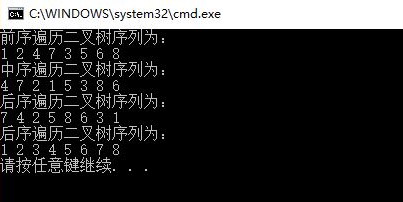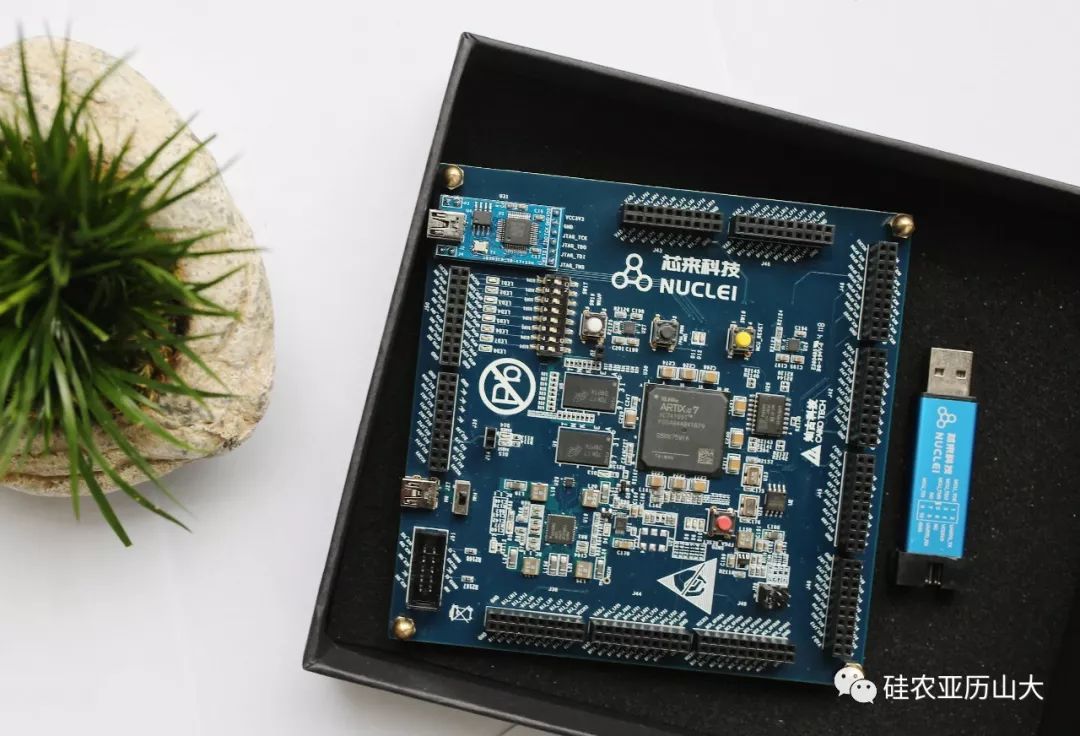多线程 - synchronized修饰实例方法、修饰静态方法、修饰代码块
static synchronized 和 synchronized 修饰普通方法的区别在于:
static synchronized 是在类级别上获取锁,而 synchronized 是在对象级别上获取锁。
在 static synchronized 方法中,获取的是类级别的锁,不同的对象共享该锁,
只有当一个线程持有该类的锁时,才能够调用该类的其他 static synchronized 方法。
而在 synchronized 方法中,获取的是对象级别的锁,每个对象都有自己的锁,不同的对象之间互不影响。
对于 synchronized 代码块和方法的区别,主要在于锁的粒度不同。
synchronized 代码块可以在代码块中只锁定需要同步的部分,而 synchronized 方法会锁定整个方法。
因此,如果一个类中有多个同步方法,使用 synchronized 代码块可以提高并发性能,减少锁的竞争。
修饰实例方法
package com.lfsun.highconcurrency000.mysynchronized;/*** 修饰实例方法*/public class MySynchronizedDemo1 {// 实例变量private int count = 0;// synchronized 修饰实例方法public synchronized void increment() {count++;}public static void main(String[] args) throws InterruptedException {MySynchronizedDemo1 demo = new MySynchronizedDemo1();// 创建两个线程Thread thread1 = new Thread(() -> {for (int i = 0; i < 10000; i++) {demo.increment();}});Thread thread2 = new Thread(() -> {for (int i = 0; i < 10000; i++) {demo.increment();}});thread1.start();thread2.start();// 等待两个线程执行完成thread1.join();thread2.join();// 输出计数器的值System.out.println("Count: " + demo.count);}}
修饰静态方法
package com.lfsun.highconcurrency000.mysynchronized;/*** 修饰静态方法*/public class MySynchronizedDemo2 {// 静态变量private static int count = 0;// synchronized 修饰静态方法public static synchronized void increment() {count++;}public static void main(String[] args) throws InterruptedException {// 创建两个线程Thread thread1 = new Thread(() -> {for (int i = 0; i < 10000; i++) {MySynchronizedDemo2.increment();}});Thread thread2 = new Thread(() -> {for (int i = 0; i < 10000; i++) {MySynchronizedDemo2.increment();}});thread1.start();thread2.start();// 等待两个线程执行完成thread1.join();thread2.join();// 输出计数器的值System.out.println("Count: " + MySynchronizedDemo2.count);}}
修饰代码块
package com.lfsun.highconcurrency000.mysynchronized;/*** 修饰代码块*/public class MySynchronizedDemo3 {// 实例变量private int count = 0;public void increment() {// synchronized 修饰代码块synchronized (this) {count++;}}public static void main(String[] args) throws InterruptedException {MySynchronizedDemo3 demo = new MySynchronizedDemo3();// 创建两个线程Thread thread1 = new Thread(() -> {for (int i = 0; i < 10000; i++) {demo.increment();}});Thread thread2 = new Thread(() -> {for (int i = 0; i < 10000; i++) {demo.increment();}});thread1.start();thread2.start();// 等待两个线程执行完成thread1.join();thread2.join();// 输出计数器的值System.out.println("Count: " + demo.count);}}


































还没有评论,来说两句吧...